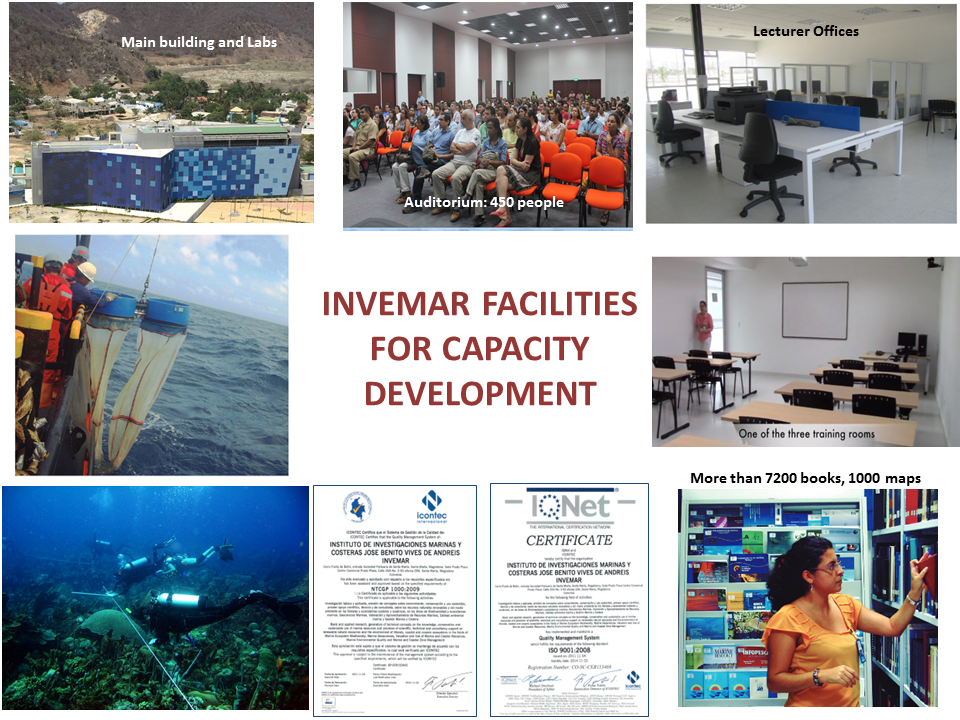SAMP established and supported by a legal, institutional, and operational framework.
The SMPA is established and supported by a legal, institutional, and operational framework.
•Legal, institutional and operational framework:
8,6 million hectares under protection (8,9% aprox of marine areas)
11 new MPAs (initial target was 3)
2 Action Plans developed and supported: SIRAP Caribe y Pacífico: a) stakeholder analysis, articulation mechanisms, work plans, and specific actions for the MPAs to be included as part of action plans; b) reviewing the status of the processes for the SIRAPs’ establishment, at the same time taking into account the SINAP’s guidelines and facilitating the coordinated actions within the MPAs.
•Legal developments
SAMP Action Plan 2016 – 2023 design and start implementation
Formal adoption of SAMP by CONAP (National Protected Areas Council)
Operational agreements
Those results contributes to guarantee a representative sample of coastal and marine biodiversity at multiple biological organization levels; to assure the continuity of ecosystem services; to maintain the natural elements asociated to material and inmaterial importance objects essencial to cultural values; and to guarantee the ecological processes maintaining the conectivity of marine biodiversity.
The complexity of marine ecosystems need imaginative approaches towards conservation in areas where comunities are almost entirely dependent on natural goods and services. Transactions between local stakeholders and public institutions through agreements aimed to assure sustainability of ecosystems while providing livelihoods for communities are necessary.
